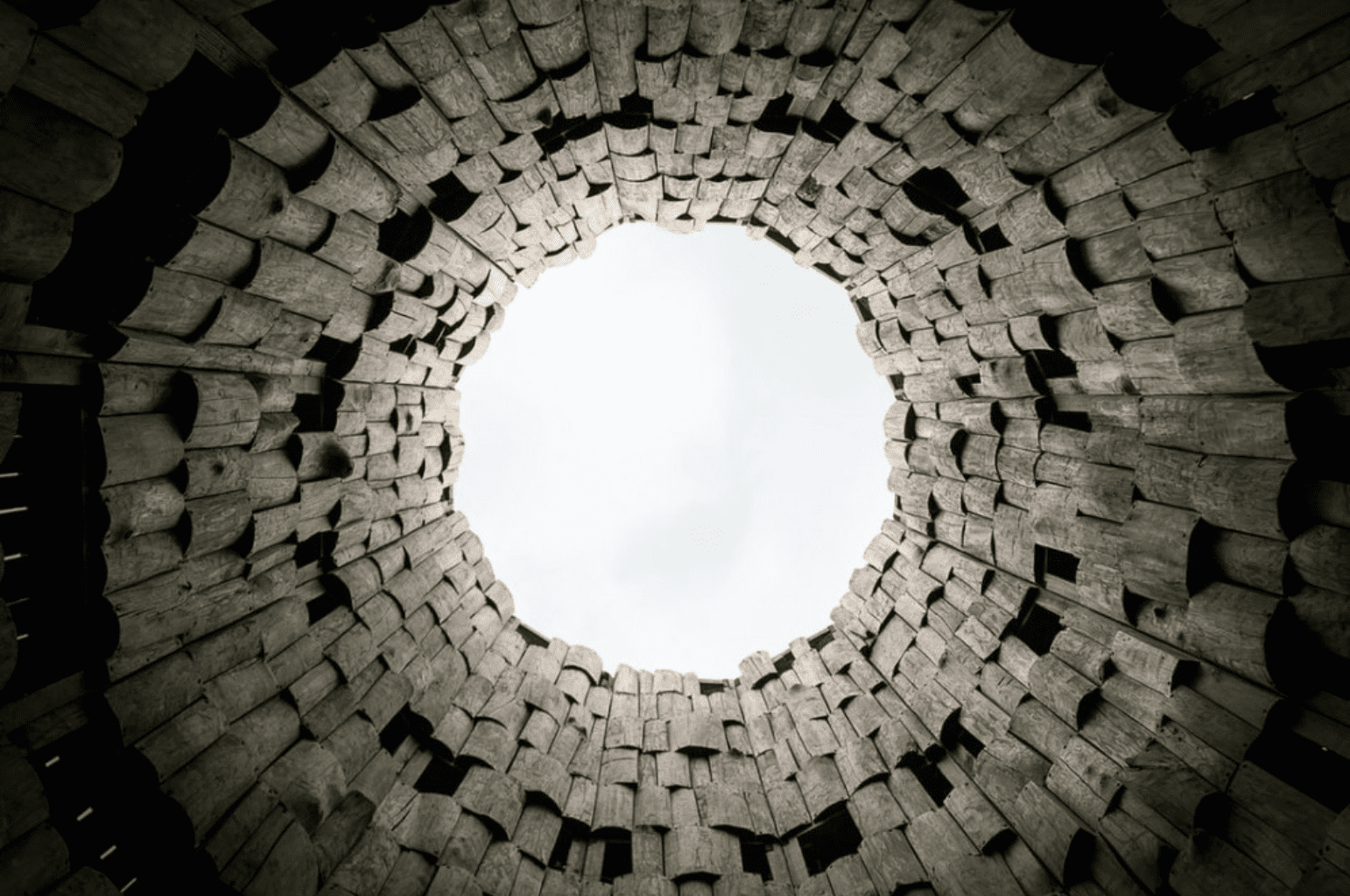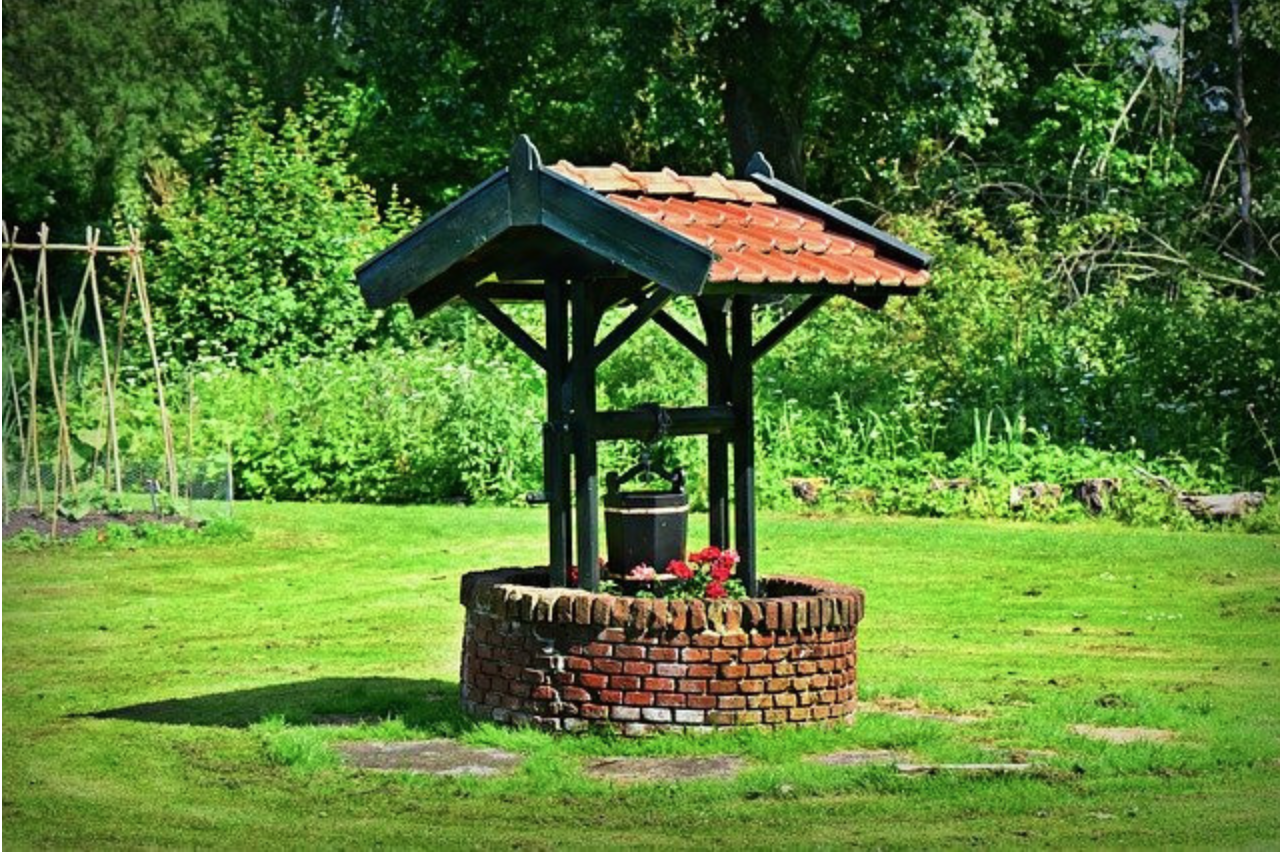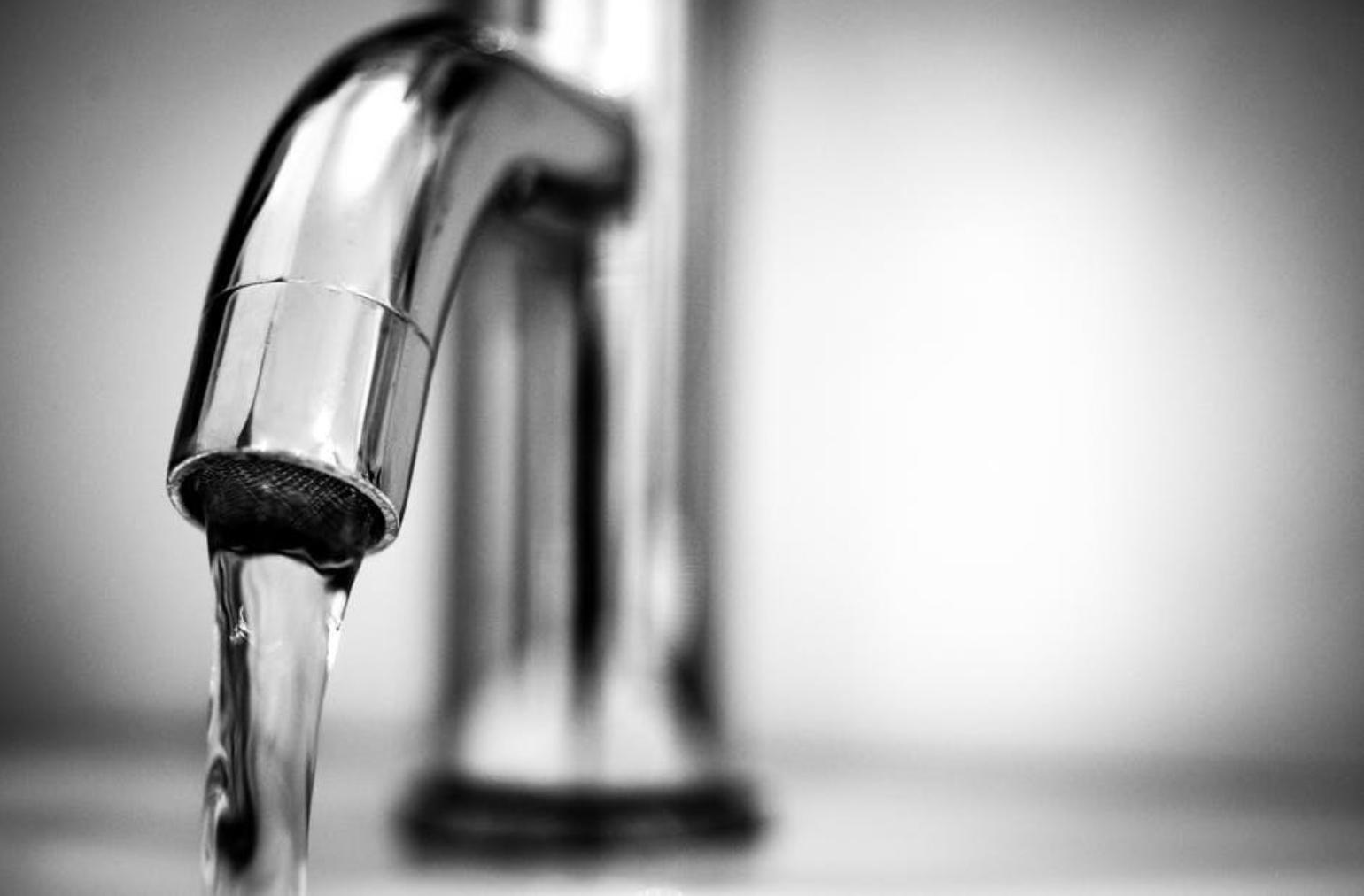Having a well system is beneficial in many ways, but when low pressure occurs, the system can become quite unpleasant. In this article, we’ll cover the details of how to fix low water pressure when you have a well system.
To directly increase the water pressure in your house, start by shutting off the well pump’s main power switch. Check your well’s tank pressure and ensure that it is approximately 2 psi below the pressure switch’s low cut-in point, as described by the factory preset setting. The preset setting (eg. 40-60) should be on a label inside the switch cover. If you want to increase the range to get more pressure, turn the nut (clockwise direction) to tighten the larger spring of the pressure switch. Three turns of the nut increase the range by 10 psi. That is, a 30-50 range would become 40-60. You will need a 3/8″ nut driver.
In August 2020 my wife and I will be moving to our new house in Lewes, Delaware. She noticed that our new house’s water pressure is lower than at the house we are currently renting. We have city water in the rented house and well water in our new house.
I wanted to understand what we can do about it. First, we will need to identify the potential problem. I have research and listed common low water pressure problems and possible solutions.
How Does My Private Well System Work?
Private wells have a pump that is typically submerged in the well, pumping the water to your house. The second essential component of your private well system is the pressure tank.
The primary purpose of the pressure tank is to keep water pressure at a steady level. Another main goal of the pressure tank is to keep water and air inside, separated through a diaphragm or bladder. Without this setup, the water pump would rapidly cycle on and off, which would likely burn out the pump motor fast.
Inside the pressure tank, the water comes in underneath, and a bladder separates water and air. As water fills the tank, that bladder pushes into the air’s chamber, which increases pressure, which is read by the air pressure gauge.
The air pressure gauge triggers the pressure switch, which tells the pump to turn on and off.
The video below goes over how the typical private well system works. I found it very informative.
Low Pressure vs. Low Flow
Sometimes, homeowners mistake low flow for low pressure.
The Merriam Webster dictionary defines water flow as the amount of water flowing (as past a valve) per unit of time. By contrast, water pressure is a force that makes a flow of water strong or weak.
The symptoms of both problems are similar. You may notice less water coming out of your shower or faucet. If the pipes are not clogged, it may be that there is less water available in the aquifer. If there has been a severe drought in your area, or homeowners next door have a similar problem, you have a low flow problem. Unfortunately, this one can’t be fixed by replacing or cleaning parts of your well water system.
A low flow scenario can be fixed by having access to city water in addition to well water.
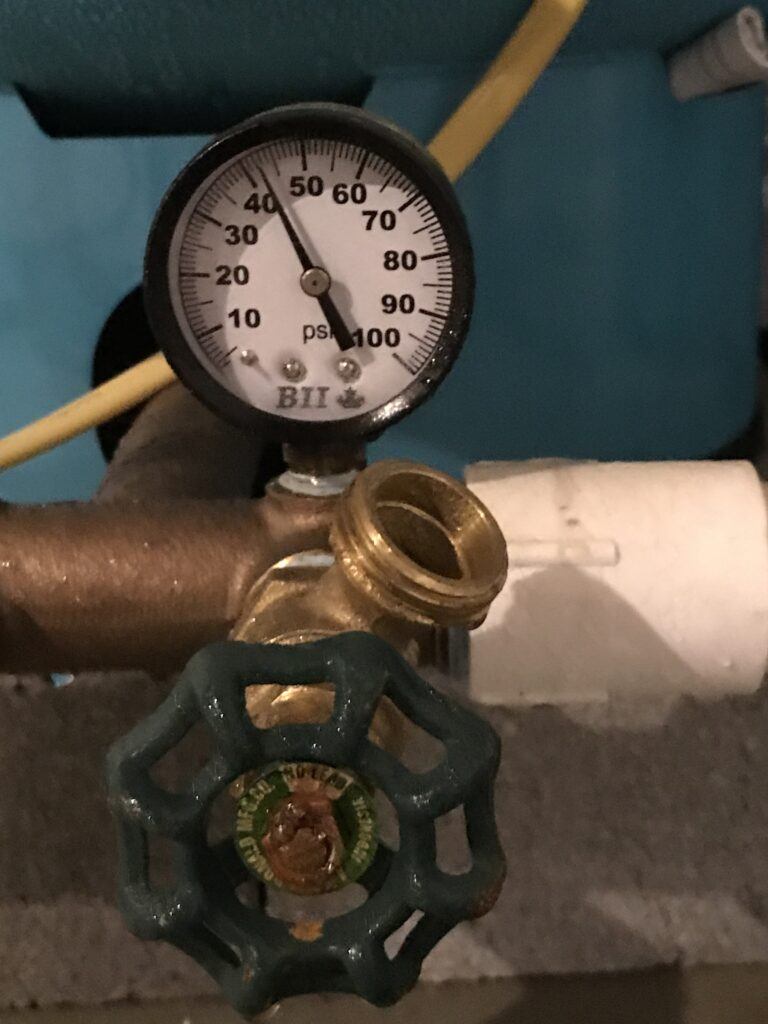
Another possibility is clogged pipes or corrosion. Pressure may be fine but when you check it, water volume flowing through the pipes is insufficient. Increasing the pressure in the case of clogged pipes will bring you more harm than good. If you are uncertain if you have low pressure or low flow problem, it would be wise to contact a professional plumber.
Pressure ranges differ but the most typical pressure is between 40 and 60 psi, and you may check it by looking at the air pressure gauge. If the pressure is within this range and you feel you should get more water, then you most likely have a flow problem.
How to Check Your Well Tank’s Pressure
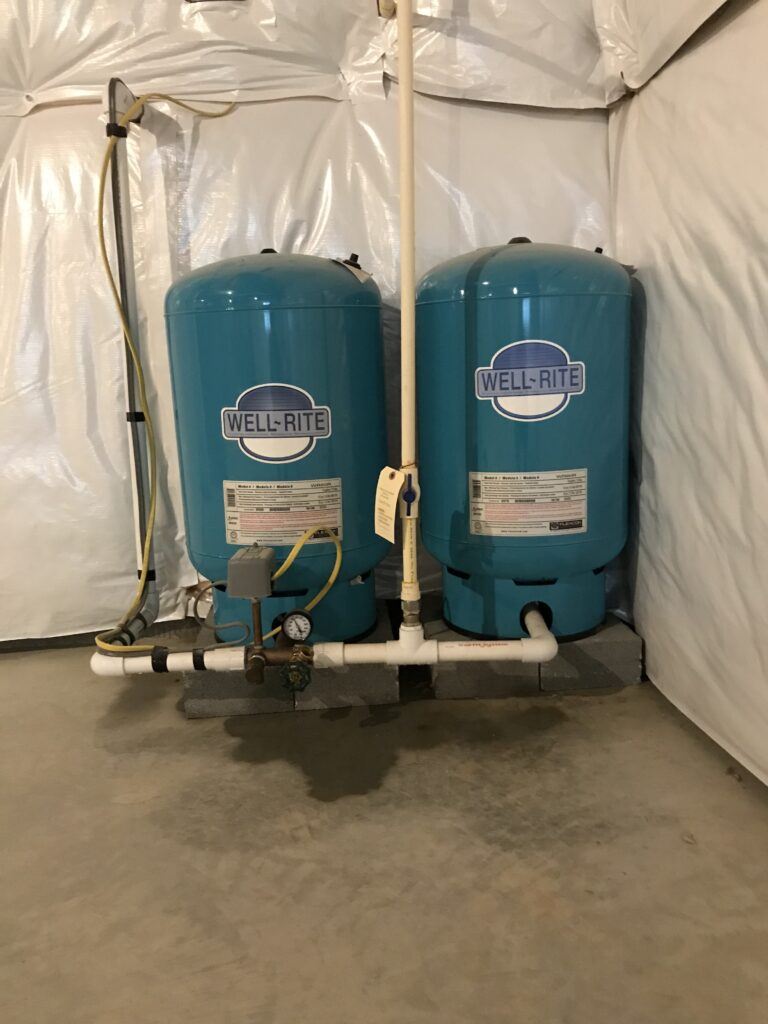
The right tank’s pressure is important to get adequate water pressure in your house, but it is also essential to prevent the pump from kicking on and off very frequently. In the long run, it can cause damage to the pump by having it cycle so often.
These are the basic steps to check your well tank’s pressure:
- Turn off the electric circuit dedicated to your well tank.
- Drain the well tank. Emptying the tank is necessary because, otherwise, the pressure number will not be accurate. You can drain the tank by connecting a garden hose to the boiler drain and draining it outside your home.
- The tank can also be emptied by opening a faucet in your home and keeping it running until the tank is emptied.
- Find a pressure gauge to read the pressure of your tank. The one you have for your bike may work.
- Use the gauge to see the tank’s pressure by inserting it in the Schrader valve, which should be at the top of the tank.
- You may want to adjust the pressure by adding air with a pump or an air compressor. The pressure switch setting should show the ideal pressure. Your tank’s pressure should be 2 psi below the pressure switch’s low cut-in point. For example, on a 40-60 switch, this would be 38.
The video below demonstrates these steps.
How To Adjust a Pressure Switch
If you have decided you want to increase the water pressure in your house, this video shows how you can do it. The video goes over:
- Where to find your pressure switch factory settings
- Why you may need to adjust your pressure settings
- How to adjust the pressure settings on your switch
- Troubleshooting tips for a malfunctioning pressure switch
- How adjusting the range or differential setting will affect your system pressure
Potential Causes and Solutions of Low Water Pressure
There are many potential issues that may be causing low water pressure. These are some of those potential causes and suggested solutions.
| Potential Causes | Suggested Solutions |
| The pressure switch may be broken or working improperly | Install a new one |
| Clogged pipes due to sediment and minerals in hard water or rust in the old pipes | -Get professional to unclog pipes -Consider adding water softener based on manufacturer specifications |
| Old and outdated faucets/showers and appliances like dishwashers | Clean or replace with new ones |
| Well pump is malfunctioning perhaps because it is not serviced regularly or it is old | Contact a plumber to check the pump |
| Well system components (ie. gate valves, pressure regulators, and possibly filters) are clogged or rusty | Inspect all of them and fix/replace them if necessary |
There is one more solution you may want to consider, and that is a constant pressure system. It can be installed on the pipe entering your home and it is very good for keeping the pressure high and steady when you simultaneously use multiple appliances.
Final Precautions
When conducting any maintenance on the well water system, ensure that:
- Before adjusting or fixing anything, cut-off the electricity to ensure personal safety.
- You don’t use any kind of cleaners, especially inside the well water system that may be harmful to your health. Keep in mind that everything you use for cleaning may end up un your glass of water.
- When setting up the pressure, you should no go over 60 psi. Too high pressure my cause pipe breakage or blow the valves.
- Use appropriate tools to avoid damage to the system.
Fixing a low water pressure problem may be doable if you know what and where to look for. When in doubt, contact a professional plumber. If your well water system is older, you should think about replacing certain parts, instead of just fixing them, which can be seen as postponing the inevitable.
Related Posts:
